Sleeping After a Hair Transplant: When Can I Sleep Normally?
Facial Plastic Surgery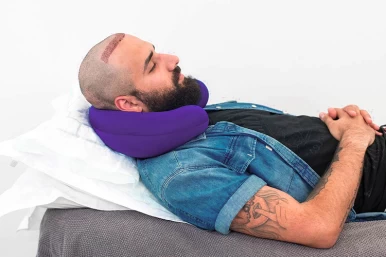
The hair transplant procedure involves removing hair follicles from a donor area (typically the back or sides of the head) and transplanting them into areas where hair is thinning or balding.
In hair transplant aftercare, patients must follow post-operative care instructions to ensure the success and longevity of their new hair. One aspect that plays a significant role in the healing process is sleep. Proper sleep after a hair transplant is essential for the body's recovery, and it is vital to adopt specific sleeping positions and practices to protect the newly transplanted hair follicles.
In this article, we will explore various tips and guidelines on how to sleep after a hair transplant, allowing patients to maximize the benefits of their procedure and promote optimal healing.
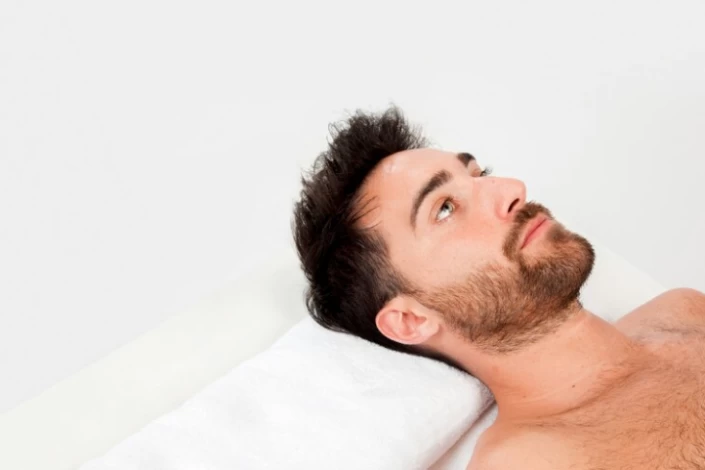
How Long After Hair Transplant Can I Sleep Normally?
It is recommended that patients sleep on their backs at an incline during the first 10 days after the hair transplant surgery. This position helps to reduce swelling and minimize discomfort. Patients can start sleeping on their sides between days 10 and 14 after the hair transplant. However, avoiding applying pressure to the surgical area is still advisable.
After day 14, patients can sleep in any sleeping position after a hair transplant that feels comfortable for them. By this time, the healing process should be well underway. However, patients must pay attention to the pressure they apply to the hair grafts, as excessive pressure can still cause damage.
How to Sleep After a Hair transplant?
Sleeping on the stomach or sides after a hair transplant can pressure the transplanted area and damage the grafts. Therefore, patients should sleep on their backs after a hair transplant to minimize swelling and prevent any contact with the transplanted area. They can use extra pillows or a reclining chair to elevate their hair and achieve this position. Patients should also cover their hair transplant pillow with a soft towel or cloth. This will prevent any leakage from the scalp from damaging their bed.
Patients should move slowly when changing positions or getting up from bed and be mindful of sudden movements that may cause friction with the transplanted hair. Using a travel or neck pillow after a hair transplant can help provide support and prevent accidental movements during sleep. Long periods of sleep can raise the stress on the scalp and prolong healing. It’s best to take short naps during the day.
Patients should avoid wearing tight caps or hats while sleeping, as it can restrict blood flow to the scalp and potentially disrupt the healing process. They should also ensure that their bedding is clean and free from dirt, oils, or any substances that may irritate the scalp. Regularly changing the pillowcases and bed sheets can help maintain a hygienic environment for healing.
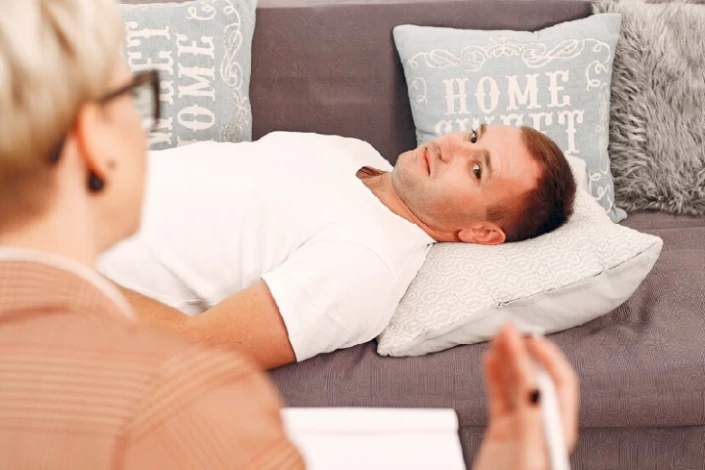
Why Patients Should Sleep on their Back After a Hair Transplant Surgery?
Sleeping on the back after hair transplant surgery can help patients avoid putting pressure on their transplanted hair follicles, ensuring optimal healing and growth. Moreover, it reduces the risk of rubbing or pulling on the transplanted area. However, it's equally crucial to avoid sleeping on the donor area after a hair transplant to prevent discomfort and ensure proper healing. There is a higher risk of rubbing, friction, or pulling on the transplanted area in the side and stomach sleeping positions. The best position to sleep in after a hair transplant is back seeping. This position ensures no direct contact with the newly transplanted hair, allowing it to heal properly and securely in its new location. Additionally, sleeping on the back helps minimize swelling and promote optimal blood circulation to the scalp, aiding in healing.
When should I sleep normally after a hair transplant?
Patients can gradually start sleeping in a normal position 7 to 10 days after hair transplant surgery. However, it is advised to avoid putting direct pressure on the transplanted area for a few more weeks. This will help ensure proper healing and minimize the risk of damaging the newly transplanted hair follicles.

What Is the Best Position to Sleep in After a Hair Transplant?
It is recommended that patients sleep on their backs with their heads elevated above their hearts to ensure a safe and effective recovery after a hair transplant. This sleeping position helps minimize swelling and prevents potential harm to the newly transplanted grafts caused by head movement at night.
To achieve this position, patients can use one pillow to prop their head forward and up while placing a travel pillow around their neck for added support. By adhering to this sleeping posture, they can minimize the possibility of damaging their hair and experiencing scalp inflammation.
It is important to remember that sleeping in this position following the hair transplant procedure is to avoid contact between the transplanted area and the neck pillow or bed.
What Are the Do's and Don'ts of Sleeping After a Hair Transplant?
When sleeping after a hair transplant, there are certain things you should do and others you should avoid to promote proper healing and protect the newly transplanted hair follicles. Here are some guidelines:
Do's:
- Sleep in an elevated position at a 45-degree angle;
- Use a clean, soft, and preferably silk or satin pillowcase;
- Sleep on the back;
- Be gentle when changing positions.
Don'ts:
- Don't touch, scratch, or pick at the transplanted area while sleeping, as this can dislodge the grafts and hinder the healing process;
- Don't use excessive force when adjusting pillows;
- Don't wear tight caps or headwear that can rub against the grafts and cause damage;
- Don't sleep face down, as it can put direct pressure on the transplanted area and increase the risk of graft damage;
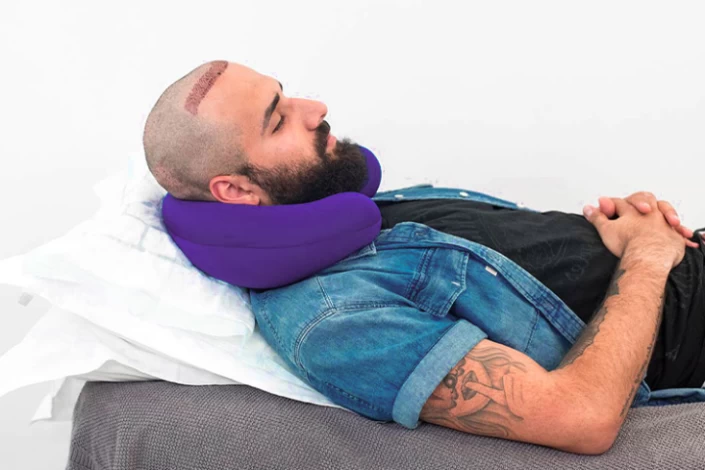
Hair transplant in Iran
Iran has become a leading destination for medical tourism, including hair transplant surgeries, due to its high-quality medical facilities, skilled surgeons, and affordable prices. Iran's cultural emphasis on physical appearance and aesthetics has led to a significant demand for hair transplant procedures. This has further fueled the growth of the hair transplant industry in the country, resulting in a wide range of options for patients.
Iranian hair centres offer various techniques for hair transplantation, including Follicular Unit Transplantation (FUT) and Follicular Unit Extraction (FUE hair transplant). In addition, Iranian surgeons are known for their expertise in hair transplantation and use the latest techniques and technologies to ensure natural-looking results.

The cost of hair transplants in Iran ranges from $1,000 to $3,000, significantly lower than in many other countries, particularly in Western Europe or the United States. This makes Iran attractive for individuals seeking affordable yet high-quality hair treatment.
FAQs About Sleeping After Hair Transplant
When can I sleep on the side after a hair transplant?
It is advised to sleep on your back with your head slightly elevated the first days after the procedure, on days 0-10, to minimize swelling and promote proper healing. You can start sleeping on your side from day 14 and on.
How long to sleep with a neck pillow after a hair transplant?
Patients should generally sleep with a neck pillow for about ten days after a hair transplant. This can help support the head and neck while sleeping and prevent potential strain on the transplanted hair follicles.
How do you rest after a hair transplant?
Following the surgery, patients are advised to avoid strenuous activities for at least a week and rest with their heads elevated to minimize swelling. It is also recommended that they sleep on their backs to prevent any pressure on the recipient area.
How long after hair transplant grafts are secure?
Typically, it takes 8 to 14 days for the newly transplanted hair grafts to become secure and firmly rooted in the recipient area. However, the timeline may vary depending on your adherence to the recommended post-care routine and necessary precautions.
What type of pillowcase should I use after a hair transplant?
After a hair transplant, you should use a silk or satin pillowcase. These materials are smooth and gentle on your hair, reducing friction and preventing any damage or tangling of newly transplanted hair follicles. Additionally, silk and satin pillowcases help to retain moisture in your hair and prevent it from drying out.
Will I experience discomfort while sleeping after a hair transplant?
It is possible to experience some discomfort after a hair transplant surgery, particularly during the first few days. This can be due to swelling, tenderness, or slight pain in the donor and recipient areas. However, your doctor will provide post-operative instructions and medications to manage discomfort.
What if I accidentally sleep on my side or stomach after a hair transplant?
While it's important to try to maintain the recommended sleeping position, occasional shifts during sleep are normal. However, try to minimize the duration and pressure on the transplanted area. If you're concerned, consult your surgeon for guidance on how to adjust your sleeping habits.
Can you sleep on the donor area after a hair transplant?
No, it’s not recommended in the first week. Sleeping on the donor area can cause irritation, slow healing, and even affect graft survival. It’s best to sleep on your back with your head slightly elevated during the initial recovery phase.
How long should I use extra pillows after a hair transplant?
Usually for the first 5–7 days. Keeping your head elevated during this period minimizes swelling and discomfort.

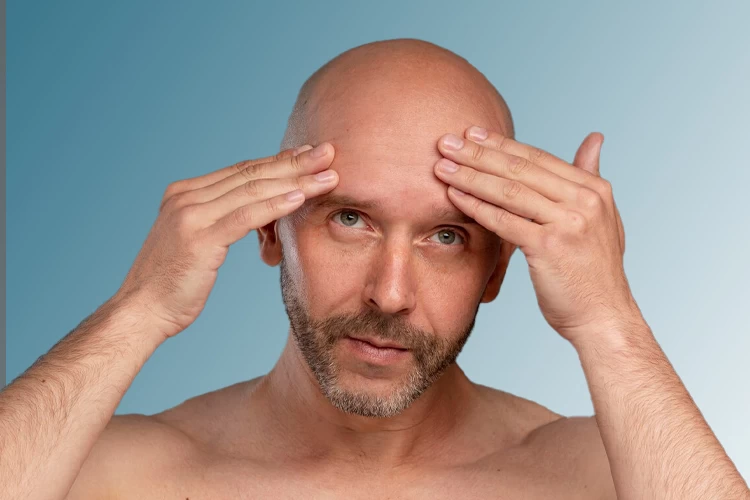
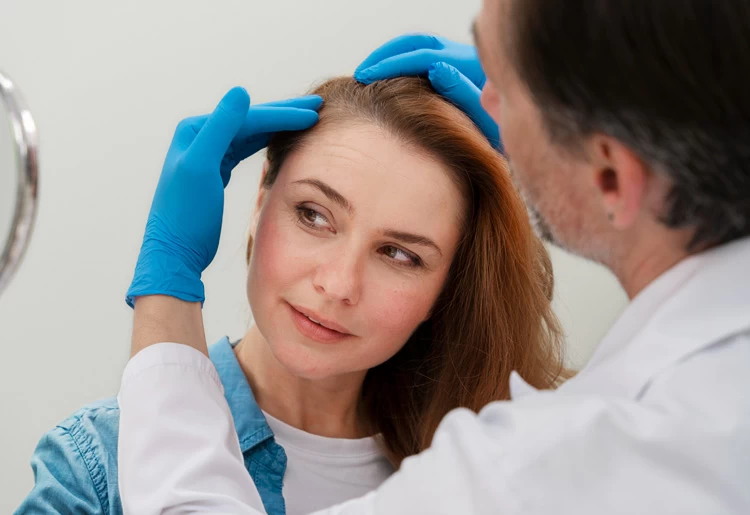

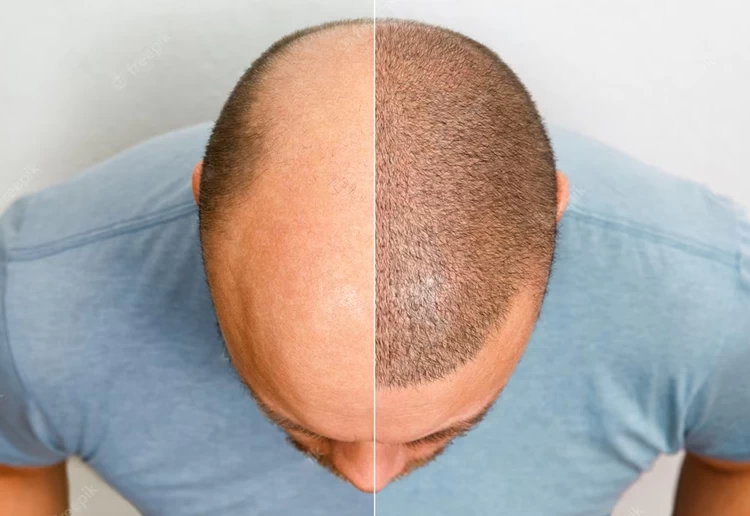
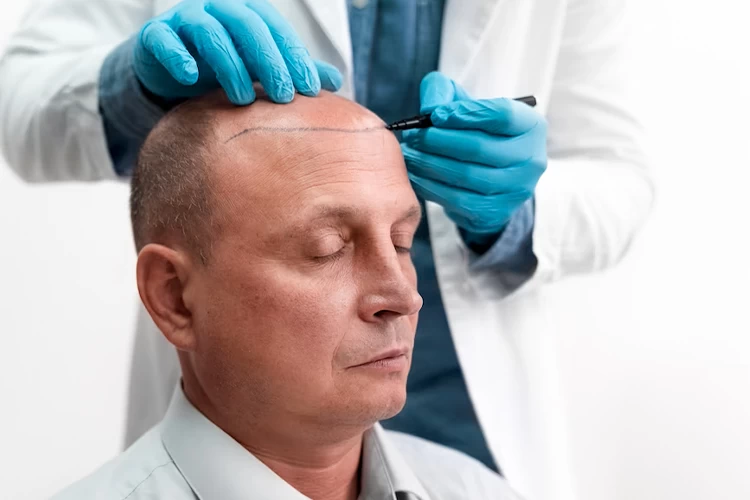
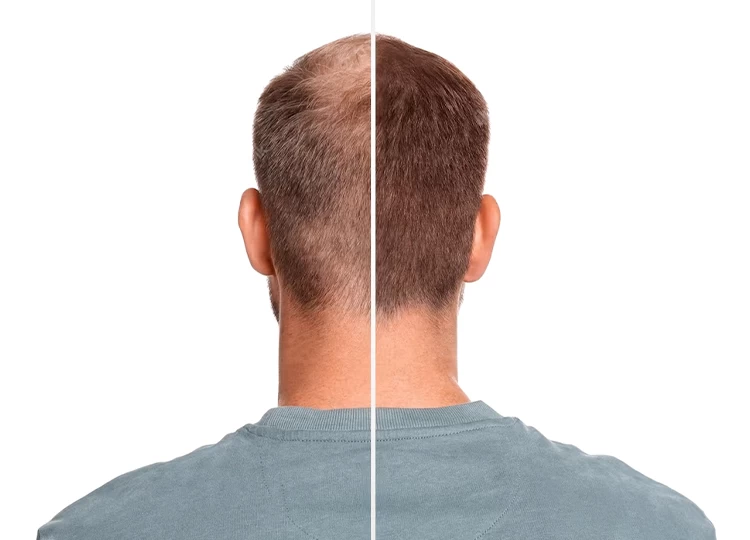


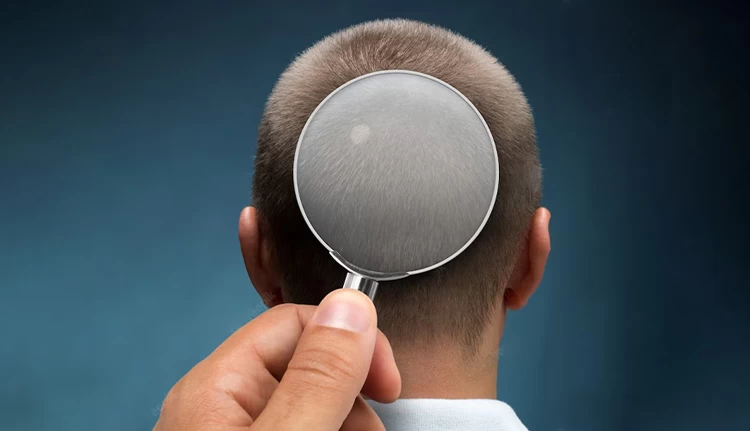

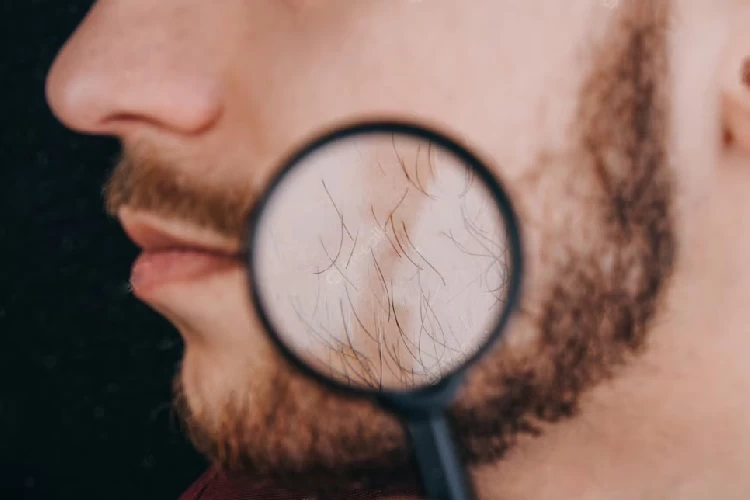

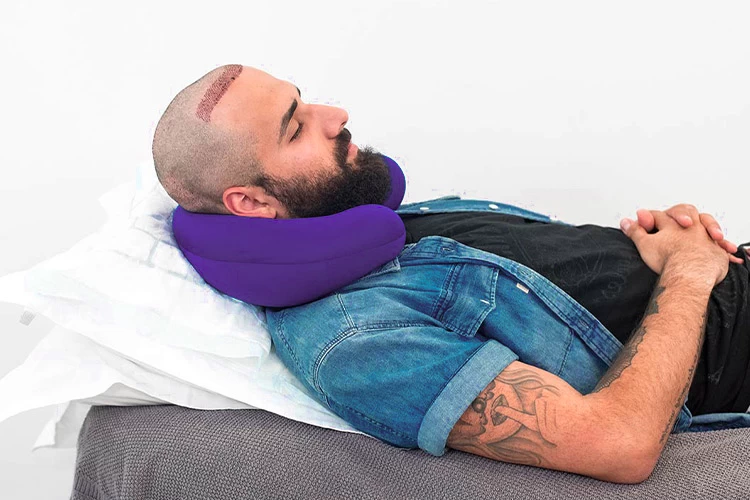

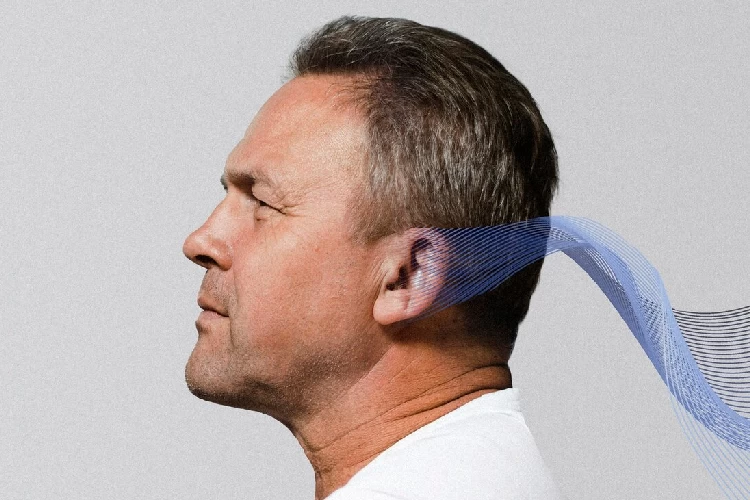

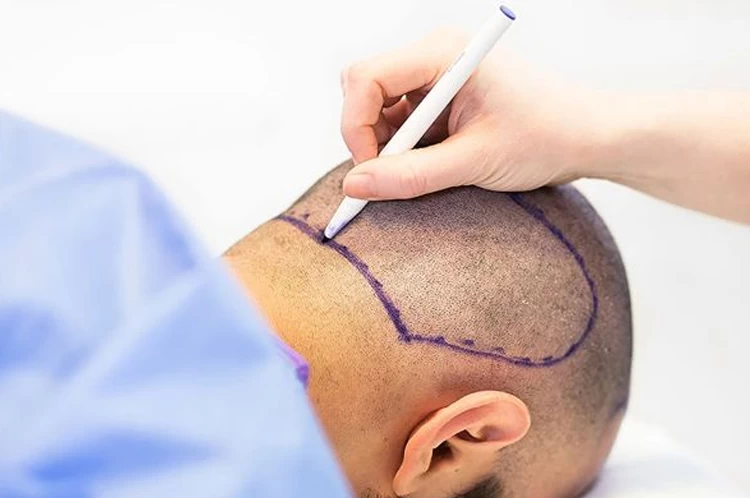
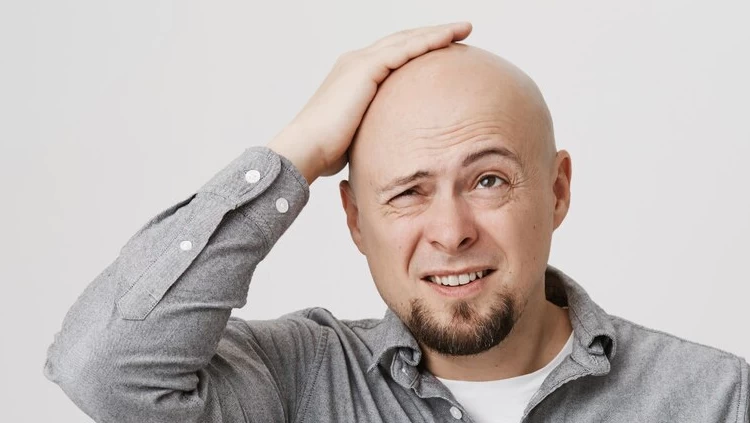
No reviews
Your comment